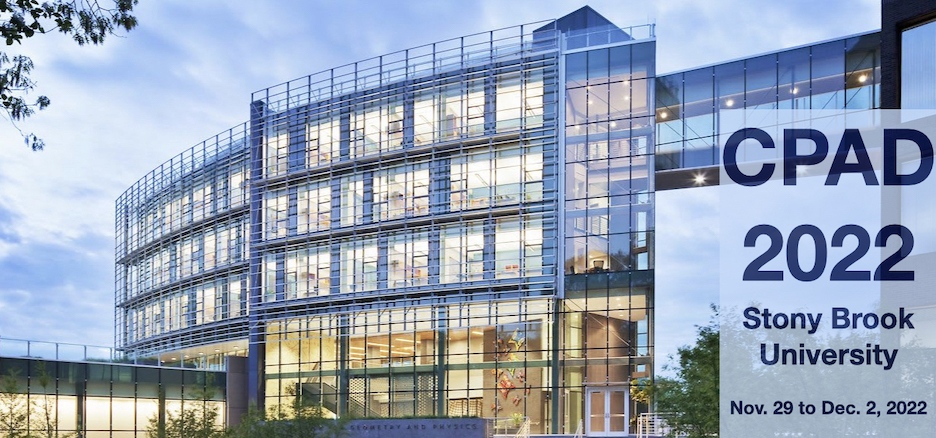Speaker
Description
Dark photons and axions can be converted to photons at the interface between dielectrics with different indices of refraction. Dielectric haloscopes take advantage of this by using stacks of dielectric layers with alternating indices of refraction to boost the photon generation rate from the dark sector [1]. Recent proof-of-concept results from the LAMPOST experiment at MIT [2] and the MuDHI experiment at NYU Abu Dhabi [3] have used such haloscopes to set new limits on dark photon dark matter at the 1eV scale. The BREAD experiment at Fermilab is based on a similar principle. A large (10m$^2$) focusing mirror acts as a highly broadband dark-matter-to-photon converter in the meV to eV range [4]. In order for the next generation of dielectric haloscopes to be competitive with BREAD, they will have to be upscaled or upgraded. For the next iteration of LAMPOST, we are exploring new concepts for improving both the dielectric structure and the superconducting photon detector to increase sensitivity and bandwidth.
While the superconducting cavity haloscopes used at lower frequencies (GHz) can be tuned to scan over a large frequency range, the dielectric stack of LAMPOST cannot be adjusted after fabrication. Thus, in order for layered dielectric haloscopes to have significant reach, many dielectric stacks of different dimensions will be needed. As an alternative, we are investigating dielectric powders as dark matter absorbers. The high surface area to volume ratio of a powder provides a high density of dielectric interfaces for photon production. A large-area single-photon detector collecting signal from a powder of highly transparent material like sapphire or NaCl could have three orders of magnitude more reach (bandwidth times sensitivity) than the LAMPOST prototype.
[1] Millar et al, JCAP 01 (2017)
[2] Chiles et al, Phys. Rev. Lett. 128 (2022)
[3] Manenti et al, Phys. Rev. D. 105 (2022)
[4] Liu et al, Phys. Rev. Lett. 128 (2022)

